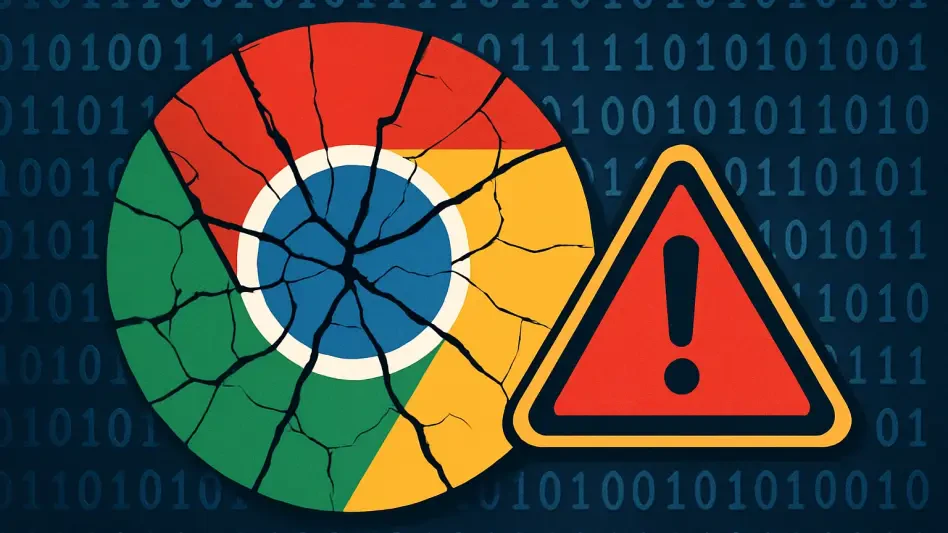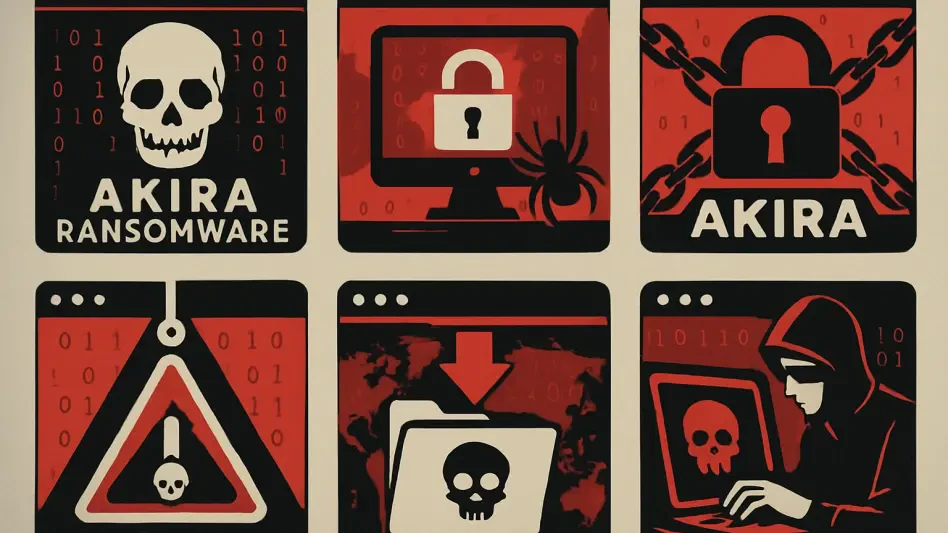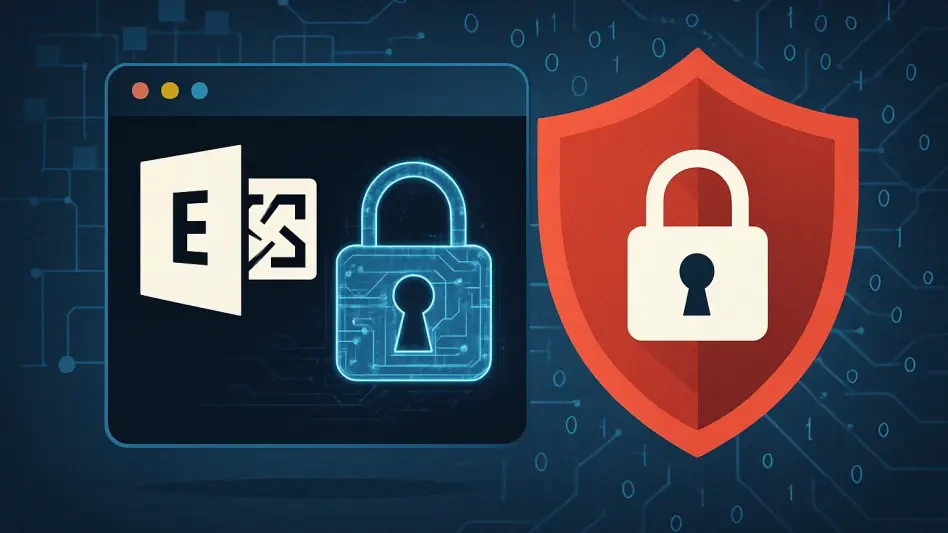Ivanti, a prominent player in the cybersecurity sector, is facing a significant challenge as it struggles to manage zero-day vulnerabilities, particularly in its Endpoint Manager Mobile (EPMM) product. The company recently encountered two critical zero-day vulnerabilities, identified as CVE-2025-4427 and CVE-2025-4428, which allowed attackers to execute unauthorized remote code operations on customer systems. These vulnerabilities were actively exploited by threat actors before the company could remediate the issues, pointing to serious security lapses within its software solutions. This situation is not unique, reflecting a broader pattern where sophisticated hackers, including nation-state actors, are quick to exploit weaknesses in Ivanti’s systems. Since 2025, Ivanti has increasingly come under scrutiny for its inability to secure its products against global cyber threats, bringing its security mechanisms into question. This article dissects the key themes around Ivanti’s struggles, the vulnerabilities exploited, and broader implications for the cybersecurity industry.
Persistent Threats from Sophisticated Attackers
A recurring theme is Ivanti’s position as a high-value target for cybercriminals and sophisticated threat groups, who often exploit vulnerabilities before they are publicly acknowledged. The recent exploits involved a notorious Chinese group, UNC5221, renowned for targeting Ivanti since 2023. These attackers have focused on high-profile entities such as government agencies and enterprises operating in critical sectors across Europe, North America, and the Asia-Pacific. The strategic targeting by UNC5221 highlights Ivanti’s vulnerabilities as potentially systemic issues, as they point to a persistent challenge in maintaining robust security protocols, making the company a desirable target for cyber espionage.
From 2025, Ivanti has observed a trend of rapid, opportunistic attacks following initial exploitation by state-sponsored groups. This underscores the ongoing risk and complexity of securing IT environments against new and evolving threats, further exacerbated by the exposure of flaws before patches are available. Ivanti’s case demonstrates how the cybersecurity landscape becomes more dynamic and dangerous when vulnerabilities are left unprotected, leading to a cascading effect that encourages more attacks. The pattern of recurrent targeting also raises questions about the existing security measures and incident response strategies the company employs, putting into perspective the need for a proactive approach to vulnerability management.
Root Causes and Industry Challenges
The debate surrounding these vulnerabilities shifts toward understanding their root causes and the broader implications of open-source integration. Ivanti attributed the shortcomings to the integration of two unspecified open-source libraries in the EPMM product. Critics, including researchers from watchdog organizations like watchTowr and Rapid7, argue this is primarily due to Ivanti’s incorrect implementation rather than inherent flaws within the libraries themselves. This difference of opinion highlights a significant issue in software development – ensuring secure and proper integration of open-source components, which have become ubiquitous in modern software solutions.
The use of open-source software presents both an opportunity and a threat to cybersecurity measures. Vendors like Ivanti face the dual challenge of leveraging open-source benefits while mitigating associated risks. In Ivanti’s case, the portrayal of vulnerabilities as originating from open-source code has sparked debate over responsibility and accountability. While open-source software offers flexibility and speed, its secure integration is critical. The industry faces a complex challenge in balancing innovation with security, as improper use of open-source components creates potential entry points for malicious attacks.
Transparency and Accountability in Vulnerability Management
Ivanti’s handling of the recent vulnerabilities has sparked discussions on its transparency and accountability in addressing security flaws. By assigning its own CVEs, Ivanti assumes partial responsibility for the flaws. However, the narrative constructed by Ivanti to frame these issues as linked to open-source mishaps has been ambiguous, leading to scrutiny. The ongoing conversation surrounding Ivanti’s portrayal of these vulnerabilities indicates broader implications about how security issues are communicated and managed.
Though Ivanti has expressed intentions to collaborate with security partners to assess further CVEs, the industry still watches how these efforts unfold. Transparency in vulnerability disclosure is crucial to maintaining trust with stakeholders. By appearing to deflect a portion of the blame onto open-source software, Ivanti risks damaging its credibility. In a competitive and rapidly evolving field, vendors must adopt transparent and accountable approaches to secure their software effectively. Moreover, Ivanti’s experiences suggest a need for an industry-wide discussion on best practices for disclosing and managing vulnerabilities, ensuring that customers remain protected without undue anxiety.
Looking Toward Collaboration and Proactive Solutions
Ivanti, a notable entity in the cybersecurity landscape, finds itself grappling with significant challenges, particularly around zero-day vulnerabilities in its Endpoint Manager Mobile (EPMM) product. The firm recently confronted two major security flaws, designated as CVE-2025-4427 and CVE-2025-4428, which enabled attackers to perform unauthorized remote code executions on user systems. Alarmingly, these vulnerabilities were exploited by cybercriminals before Ivanti could devise solutions, highlighting substantial lapses in its security offerings. This scenario is part of a larger trend where advanced hackers, including state-sponsored groups, swiftly capitalize on weaknesses in Ivanti’s software. Since 2025, scrutiny over Ivanti’s failure to protect its products from global cyber threats has intensified, raising serious questions about its security measures. The ongoing situation underscores key themes in Ivanti’s security woes, the exploited vulnerabilities, and resonates with broader implications for the cybersecurity field at large.








